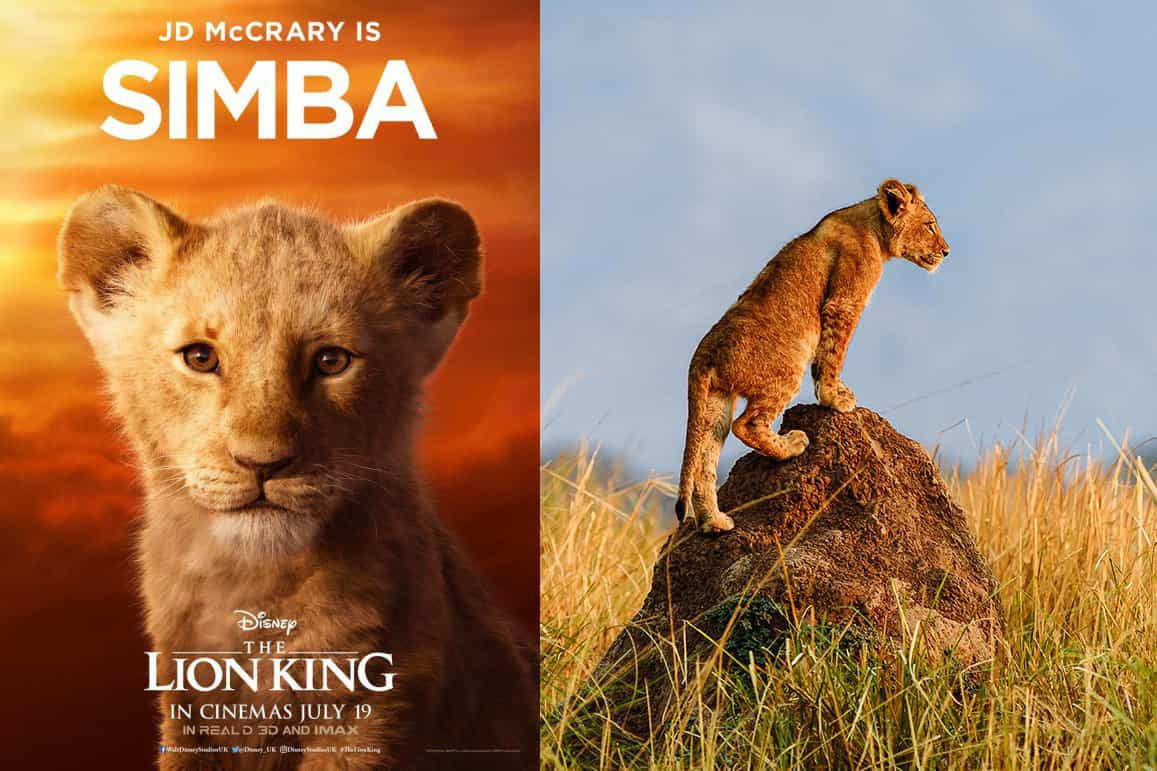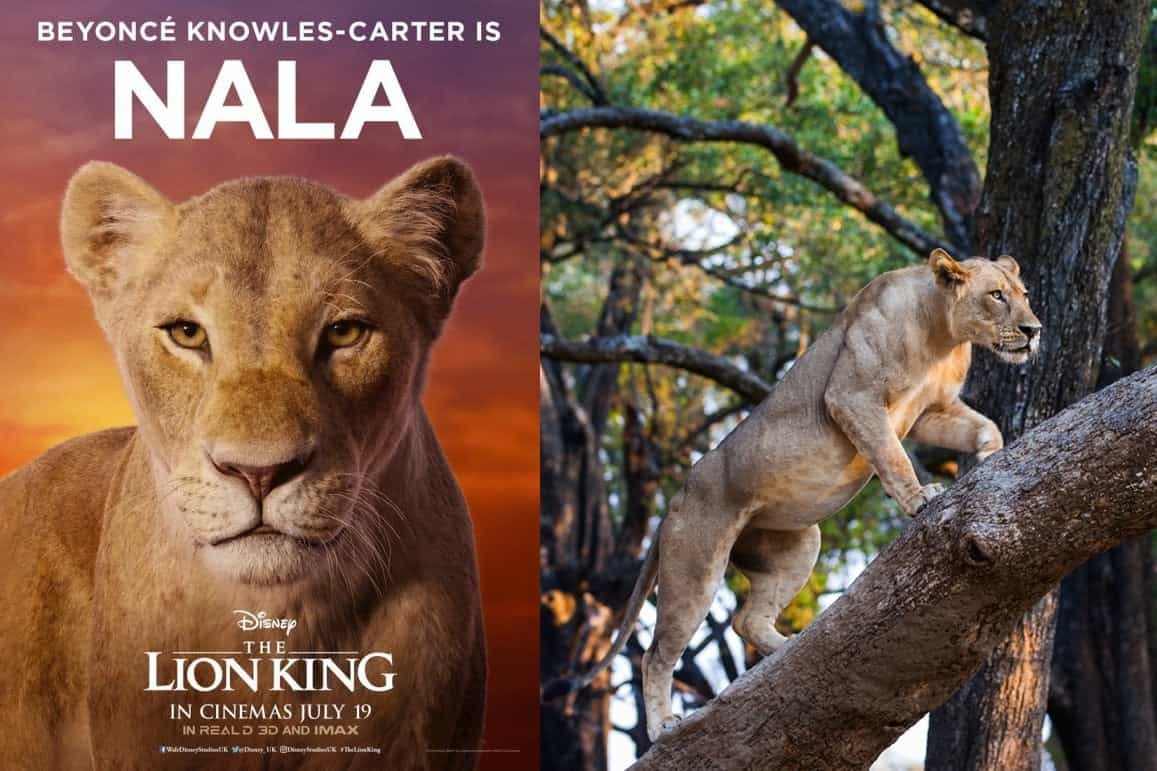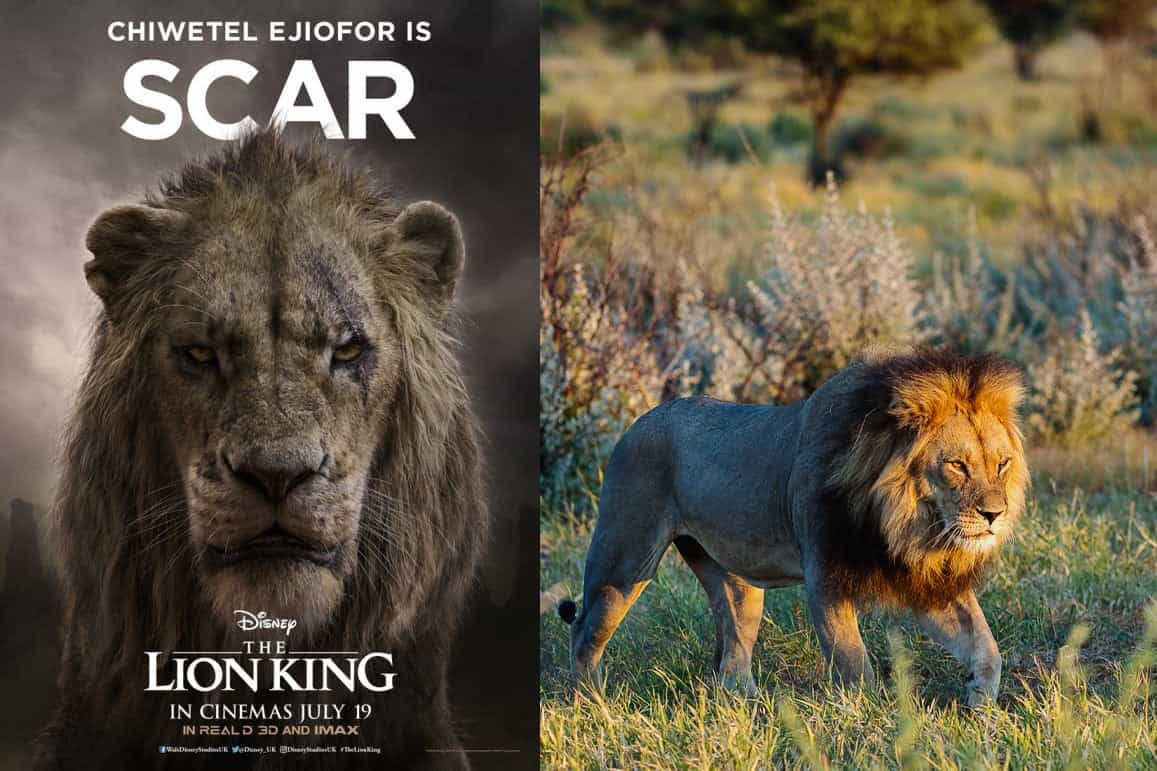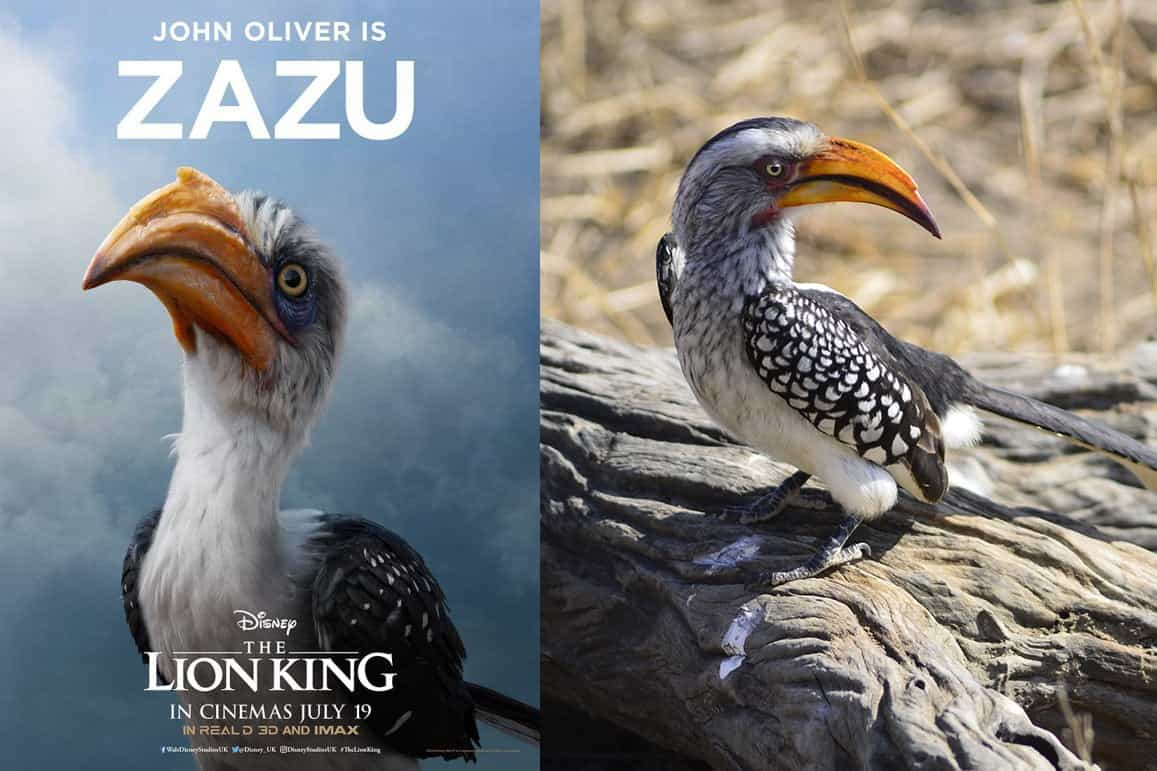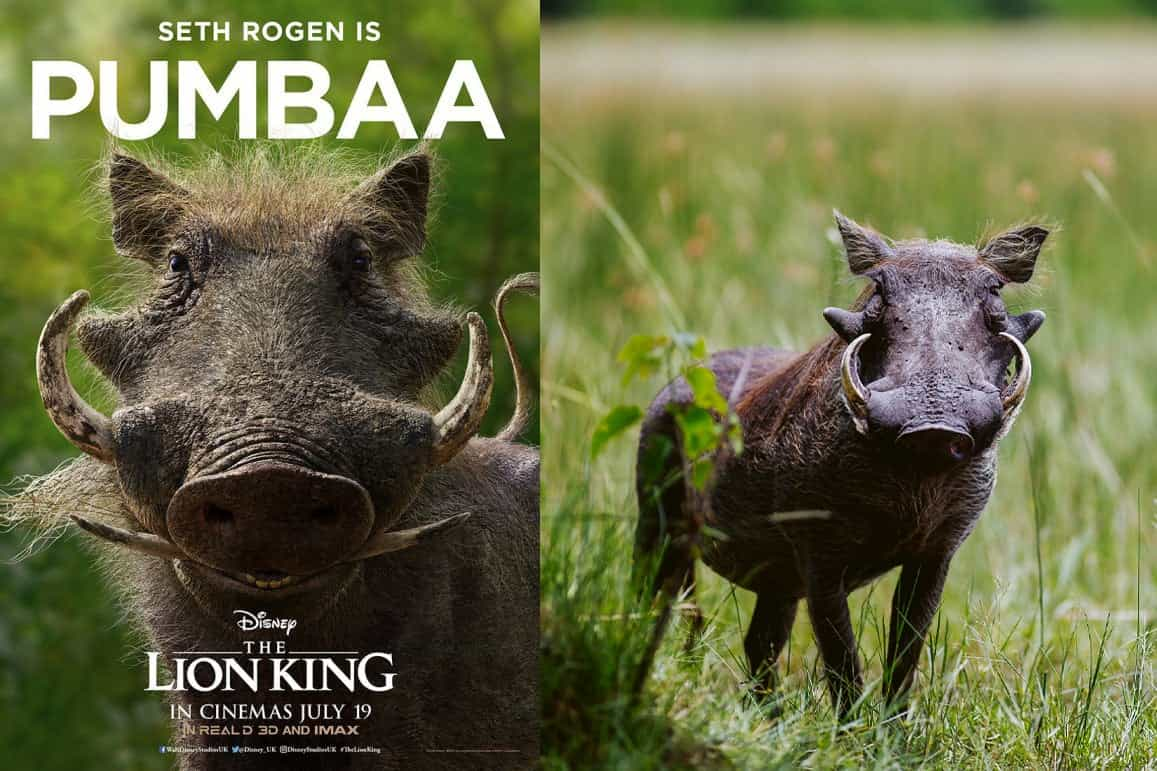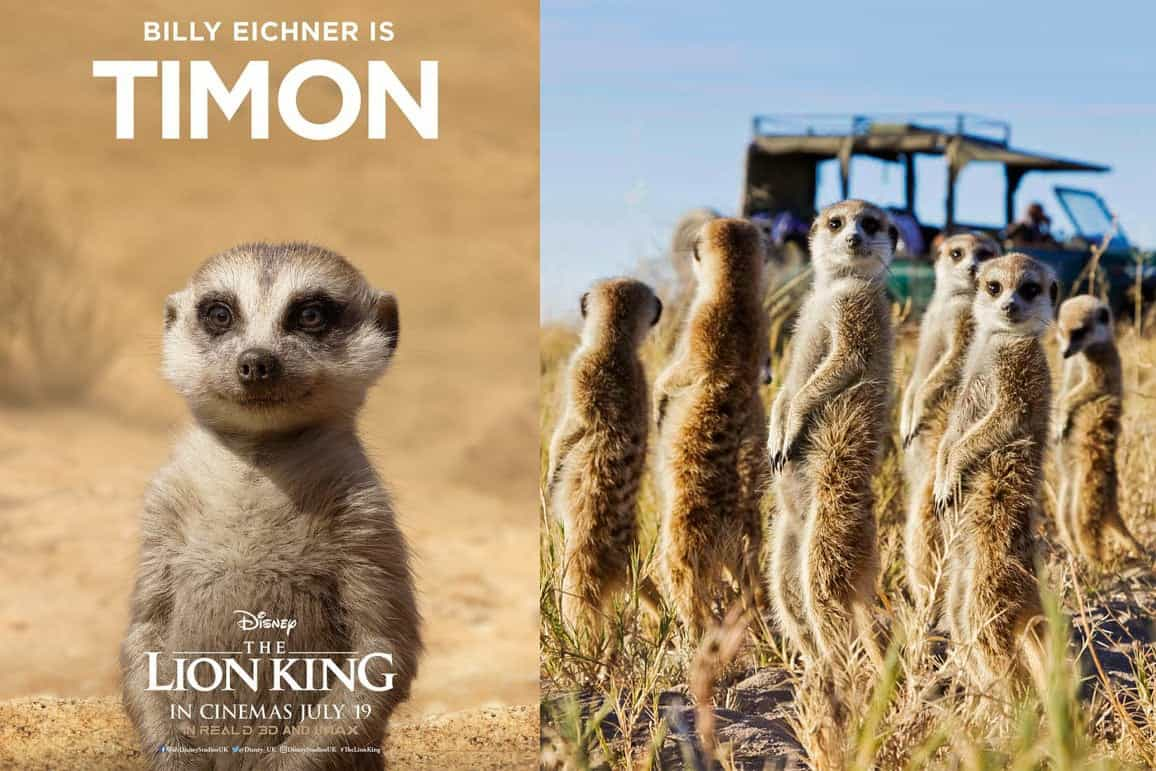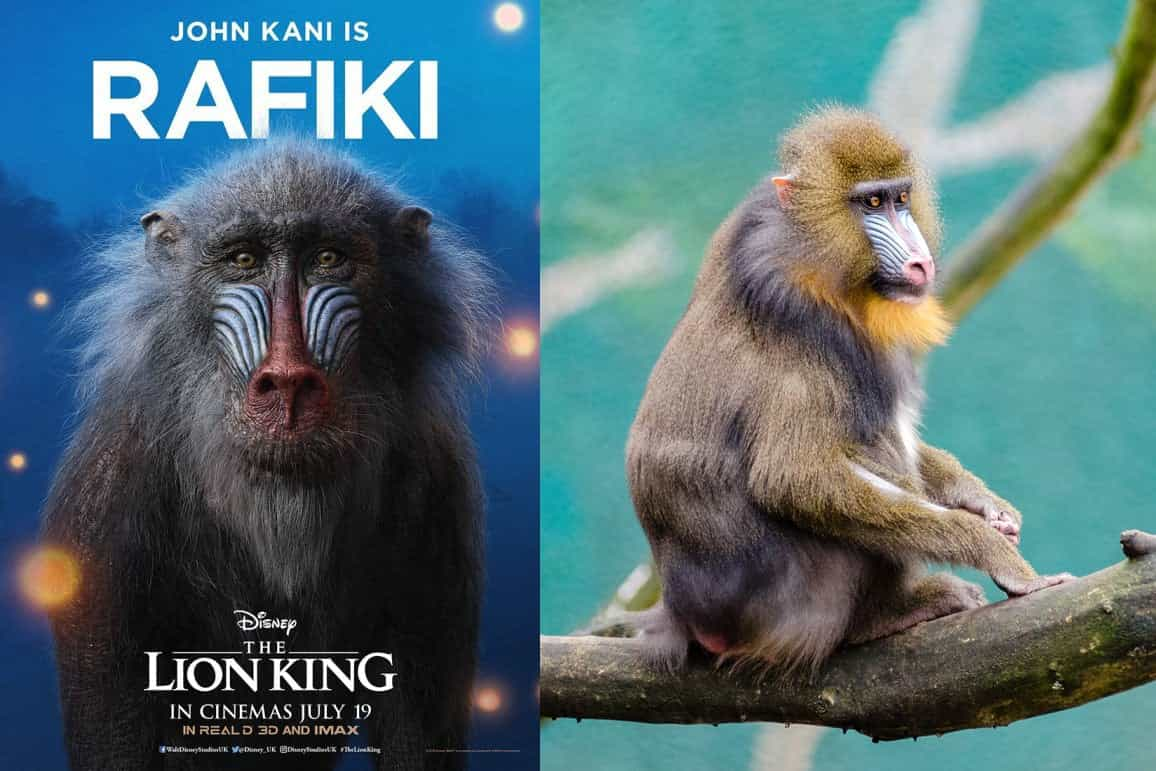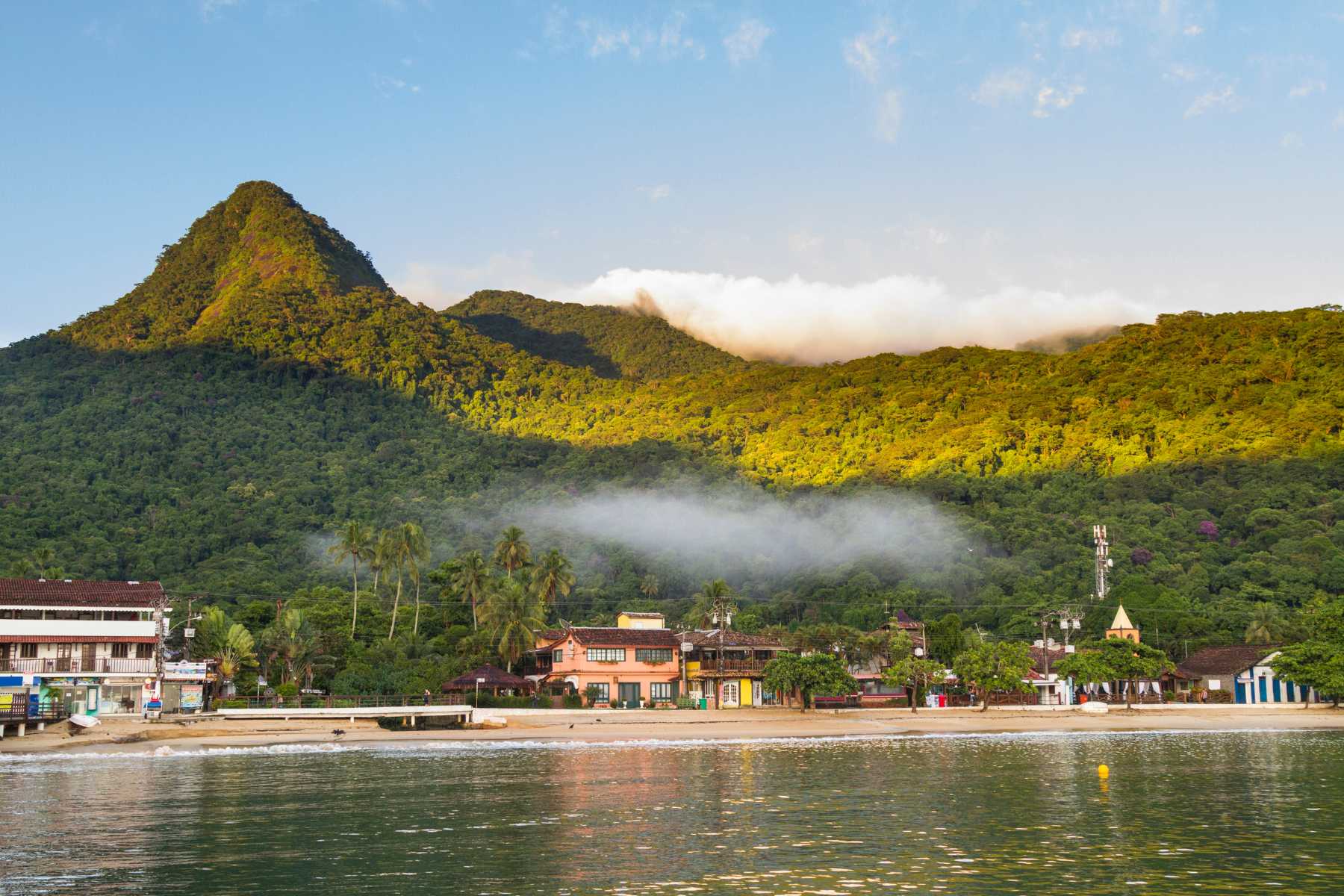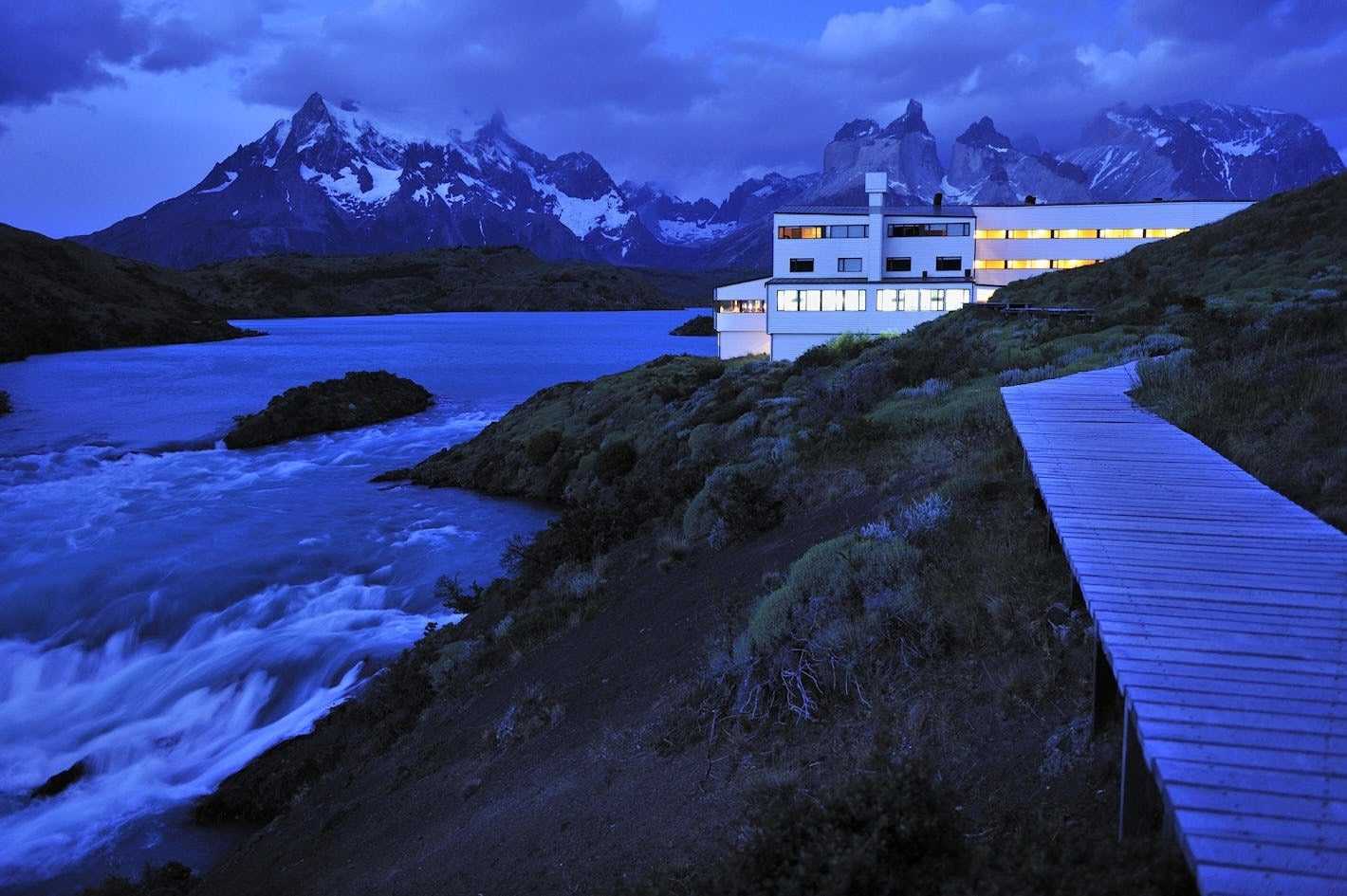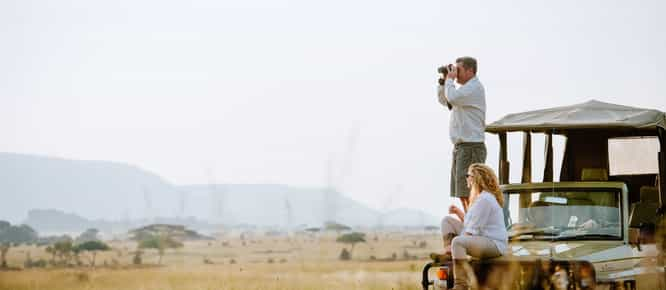We’ve been pretty excited ever since the first Lion King teaser trailer was released and now we’re positively bursting at the seams! If, like us, the film inspires a deep nostalgia for Africa and its wildlife, then you’re in luck for we’ve put together the below guide to reintroduce you to your favourite Lion King characters and give you an idea of where you might be able to spot them. Time to start making plans to get out to Africa and meet Rafiki and the crew…
Mufasa, Simba and Nala
The kings and queens of African wildlife and the stars of the wildlife show- of course we had to begin our guide with lions! These felines are the largest of all African big cats and we think it’s only right that they had an entire film named after them. They’re fascinating creatures and despite being the biggest of the cats, they can still run at speeds of up to 81kmph. They’re also not shy of making themselves known – a male adult’s roar can be heard as far as 8km away!
These charcacter’s names weren’t picked at random, and both Nala and Simba have meanings in Swahili. Nala is translated directly as ‘gift’, whilst Simba is pretty on the nose, meaning ‘lion’.
From Kenya and Tanzania, all the way to Zambia, Botswana, Zimbabwe, Namibia, and South Africa, lions can be found across the continent. Start planning your trip to see the magnificent beasts using our handy guide on the best places to spot them!

Scar
Now, we’re very aware that there’s been a bit of controversy over the newly imagined Scar and he now no longer sports the black mane from the original Disney film. This might lead you to believe that black maned lions don’t exist but, in fact, they do. They’re certainly not as common as their golden counterparts but their manes do differentiate the two quite dramatically. All well as suggesting that black manes could in fact be a marker of a healthier animal, studies have also found that black maned lions tend to have more testosterone than their tawnier cousins and that their darker tresses actually make them more attractive to lionesses.
The most famous of this breed can be spotted in the Kalahari and the cats in the area are well-known for their size and spectacular manes. It’s thought that the concentration is specifically high here because of the tough conditions; with prey thin on the ground, only the strongest can survive.
Want to have a chance at spotting these magnificent beasts in their natural habitat? Fear not, we’ve got you covered.

Zazu
Everyone’s favourite cantankerous Lion King character, Zazu is based on a bird found in open savannas, woodlands and thorn scrubs across sub-Saharan Africa: the eastern, yellow-billed hornbill. They are the subspecies of a much larger hornbill family that come in all different shapes, colours and sizes, and can be found right across southern and eastern Africa and even as far afield as Asia. The yellow-billed bird is defined largely by (you guessed it!) it’s schnozz and the birds’ distinct yellow beaks have led to them being nicknamed ‘flying bananas’! We’re not sure Zazu would approve of that title however…
Interestingly, this particular hornbill species has an unusual nesting strategy. The birds actually don’t build a traditional nest at all and instead find a natural cavity within a tree, which the female will then enter and work in partnership with the male (still on the outside) to seal the nest completely, leaving only a hole through which to receive food. The female will remain inside the hole with the chicks until they fledge, sometimes up to 80 days after hatching! Needless to say, we’re pretty fascinated by them.
If you’re in the market for some yellow-billed hornbill spotting, we’d recommend heading to Kenya or Tanzania. Both the Classic Kenya bush & beach route and the Off-the-beaten-track in southern Tanzania trip are good places to get started.

Pumbaa
Ah, the Phacochoerus Africanus, perhaps more commonly known as a warthog and for the purposes of this blog, the loveable buffoon, Pumbaa. The name ‘Pumbaa’ is actually Swahili for ‘simpleton’ or ‘stupid’ and whilst that might seem mean, the little pigs aren’t the brightest creatures in the bush. Warthogs have a tendency to leave themselves rather exposed in the shrubs and grasses making them very easy pickings for nearby predators. They do at least have speed on their side, however, and although they may not look like it, the tusked critters can reach speeds of 50kmph.
Another element that Lion King got exactly right is that warthogs are extremely social animals. The females usually live together in groups (known as sounders), and it is within these that they look after their young. Males gather together whilst they’re still maturing but as they start to get older, they’ll head off on their own in search of a mate and then lead a solitary life. On game drives, you’ll spot the family group easily – and you may also notice their tendency to freeze before bolting away, tails sticking high in the air (one of our favourite sights!).
Warthogs are a fairly common spot and you won’t need to go too far out of your way to see them. We love the Kruger – spanning from Mozambique to Zimbabwe, and with a footprint the size of Switzerland, the park is home to the largest variety of wildlife species on the entire African continent. What we’re trying to say is, you won’t leave disappointed! Check out our South Africa in a Nutshell trip to combine a bit of pumbaa-spotting with some wine drinking and beaches!

Timon
Despite standing at only 30cm tall and weighing in at less than a kilo each, these little mammals have still managed to make quite a name for themselves around the world, thanks in part to the Lion King’s Timon (and perhaps a certain British insurance advert, best left unnamed).
Few animals work as well together as the meerkat. They gather in what are known as mobs or gangs (usually in groups of 20-50) and are coordinated across all aspects of their lives, from gathering food to raising their young. Teamwork makes the dream work after all. As they live largely off a diet of insects, many of which have poisonous venom, their bodies have developed an incredible immunity to a number of toxins, including scorpion venom and even that of some snakes.
If you want to get up close and personal to these critters, we highly recommend Botswana’s Makgadikgadi Salt Pans. Here, you’ll meet meerkats who are habituated to humans and will happily approach visitors, nose in the air, ready to inspect them. If you sit still for long enough, you might even find one clambers onto your head to use you as a lookout post! Our favourite spot to stay here has to be Jack’s Camp for not only will you have the chance to meet some real-life Timons, but you’ll also be able to explore the incredible landscape and sleep out under the endless night sky.
Rafiki
Now it’s time for Rafiki, arguably our favourite Lion King character! He’s another whose name is no accident and the affable monkey’s moniker translates directly to ‘friend’ in Swahili.
Often mistaken as a common baboon, Rafiki is in fact a mandrill. They are the largest of all monkeys and whilst they can look a little intimidating, they’re actually relatively shy and reclusive creatures. Despite being retiring in nature, physically they’re anything but! Mandrills are one of the most vibrant mammals on the planet and their blue and red faces, olive fur, yellow beards and colourfully-hued behinds definitely make them stand out from the crowd. As with many species, the male mandrills are much brighter than the females and the more gaudy they are, the more likely they are to attract a mate.
You’ll need to be particularly intrepid to spot these monkeys in the wild as they live mainly in the woodlands and tropical rainforests of Cameroon and the Congo. We think a trip to Republic of the Congo might be just the ticket – and you’ll also get to see a few gorillas if you’re lucky!
